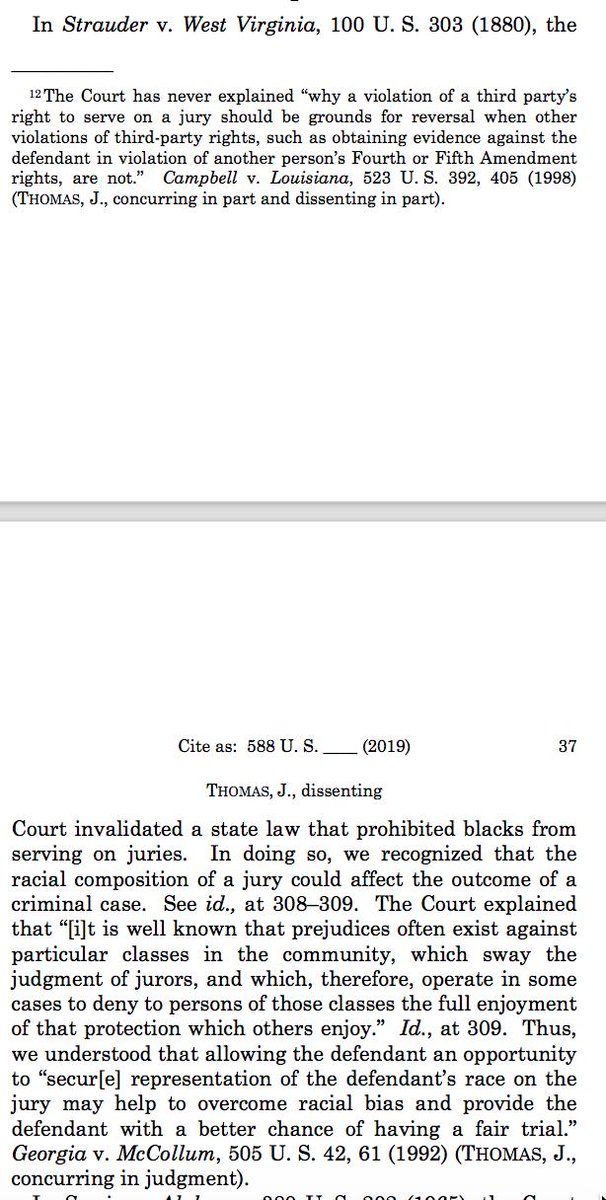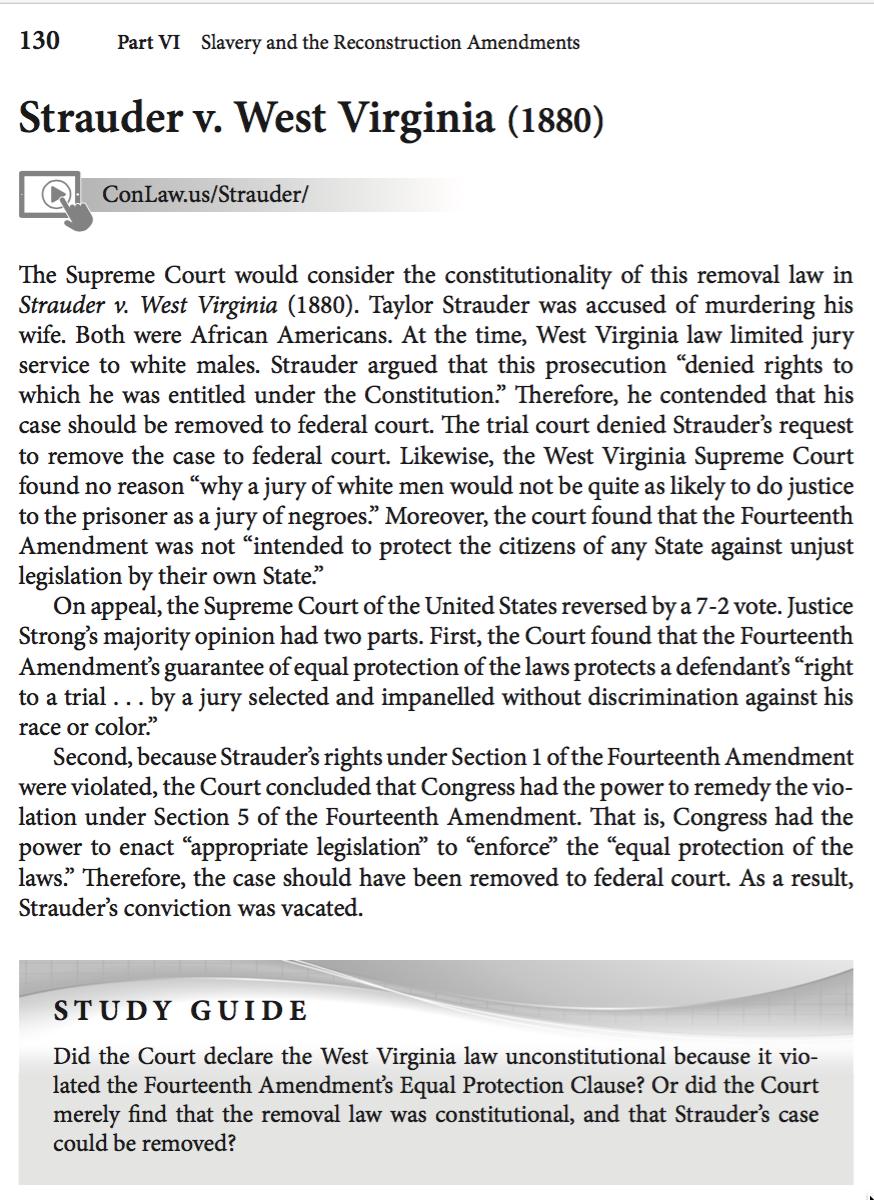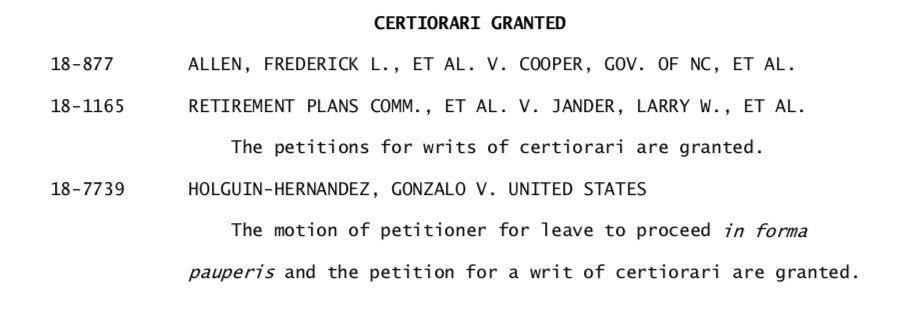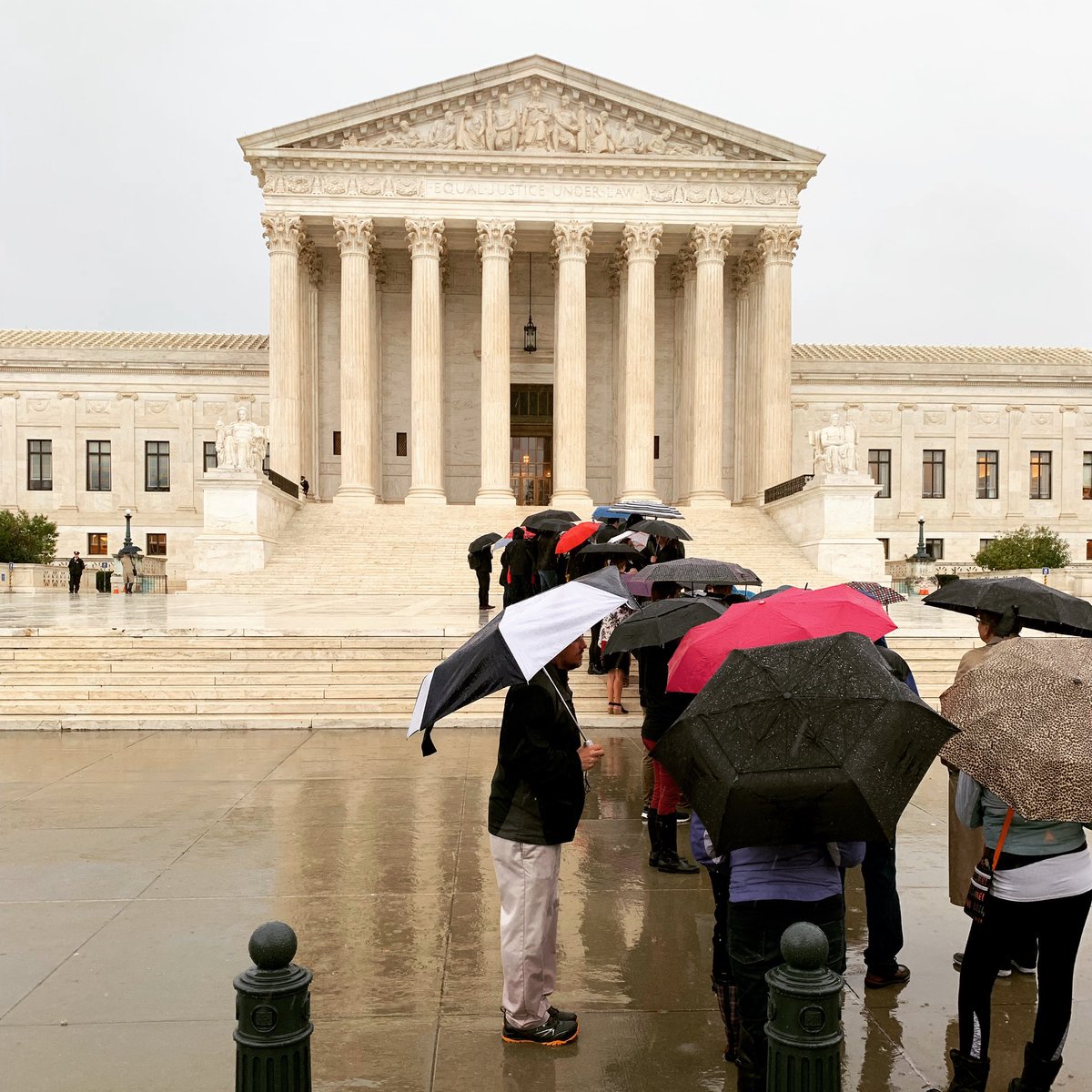(Betcha never seen a Twitter thread w/ToC before!)
1/76
2
3
① The best way to #endgerrymandering is congressional action from a Democratic trifecta: 5
② Redistricting rules can help, but #ProRep is better in both theory and practice: 10
③ Time to talk about #ProRep details: 18
④ Options to discuss: RCVn (STV), MMP, DMP, PLACE: 37
No hope, now, that SCOTUS will save the day. State legislatures are the problem, not the solution. Diminishing returns on state referendums and lawsuits. So, Congress.
5
Equal protection (14a). Voting equality by race (15a). Time, place and manner for congressional elections (Art I, §4). Republican government for state elections (Art IV, §4).
6
7
8
It's a great start, but I don't think it could pass even a Democratic-controlled Congress in its current form. Too disruptive to incumbent House reps; & steps on too many toes at the state level.
9
12
13
15
15
17
Let me tell two stories about Canada.
18
Don't assume anyone who opposes FPTP supports real reform. Backstabbers exist.
Don't use vague terminology to sweep disagreements under the rug. Looking at you, "RCV".
Never to soon to discuss brass tacks.
20
Greens and NDP both had voting reform in their platforms, but obviously existential need was higher w/Greens. 2016 results put them in coalition, with reform a key plank. Conditions were ripe, right?
21
22
23
24
25
"Many small parties vs. a few big ones": Well-designed #ProRep can target a happy medium.
26
"Lots of choices, even if it's unclear how votes become seats": Mixing number of choices, with ballot format, with counting process; three separate issues.
27
"Ranked ballots, or one candidate?": There are other formats.
28
"Which PR methods should be on the referendum? List PR; MMP; STV; Japan-style semi-MMP; other": WTF with this list? Nobody asked for closed list / Japan; 2005 citizens' assembly ruled these out.
29
30
31
32
@GraceALore @rgcjohnston3 @rkcarty @1alexhemingway @ruckertgisela @fairvotingBC @youth4pr @MaxwellACameron @sean_gra @jasonmclaren cc: @David_Moscrop @PR4BC. Note: this was an academic, not advocacy, exercise; not imply endorsement of #ProRep.
33
35
Not 2021, when (I hope) a Dem trifecta is taking power.
Now.
36
Ignoring stupid closed-list ideas, I see 4 reasonable ideas:
❶ RCVn (STV)
❷ modified Bavarian MMP
❸ DMP
❹ PLACE
37
38
Known in academic terms as Single Transferable Vote, and in modern activist branding as Ranked Choice Voting (eliding the differences between n-seat RCVn and non-prop 1-seat RCV1). Used: Ireland, some Australian elections, Malta. And here in Cambridge, MA!
39
40
41
42
43
45
46
47
48
By this I mean open-list mixed-member proportional. The model is the German Land of Bavaria, but I'd include a few modifications to make it a bit more STV-like.
49
50
51
52
53
54
Also, probably leads to more party splitting than other options. Scary to D incumbents.
55
56
However, in practice, quite open to independent/3rd party candidates.
57
58
Dual-member proprotional, as invented by @sean_gra. 2-seat districts. First seat goes to local winner, second allocated by party in a way that ensures each district ends up with 2 reps.
59
60
61
62
63
Proportional, Locally-Accountable Candidate Endorsement. Proposed by... me. So yeah, I'm biased. But as I hope you see from this thread, I've given these issues a lot of thought.
64
65
66
67
68
69
70
71
72
73
Even with a 75-tweet thread.
74
end!
76/76






